
Top Tennessee Native Plants for Yard Landscaping
Published: 15/08/2024 | Updated: 15/08/2024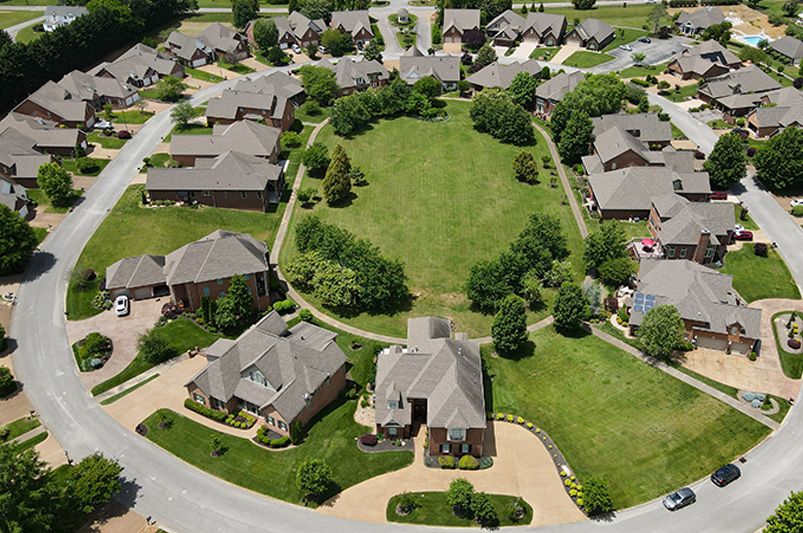
Key Highlights
- Discover the beauty and benefits of Tennessee native plants for your landscaping.
- Explore a diverse range of plants suitable for different light conditions.
- Learn about their ecological importance in supporting local wildlife.
- Get planting tips to ensure the success of your native garden.
- Create a stunning landscape while contributing to a healthier environment.
Introduction
Enhancing your landscaping in Tennessee with native plants is a great idea for a healthy and sustainable garden. These plants fit well with the local climate. They need less care and naturally fight off common pests and diseases. By using Tennessee native plants in your garden, you can make a lovely and strong landscape that grows well in the Volunteer State's setting.


Essential Tennessee Native Plants for Your Garden
Tennessee has a wide variety of native plants. These plants can make your garden look beautiful and improve its environment. No matter if your garden gets a lot of sun or enjoys some shade, there are native species that will help you create a colorful and lively landscape.
Let’s look at some of the best Tennessee native plants to improve your outdoor area.
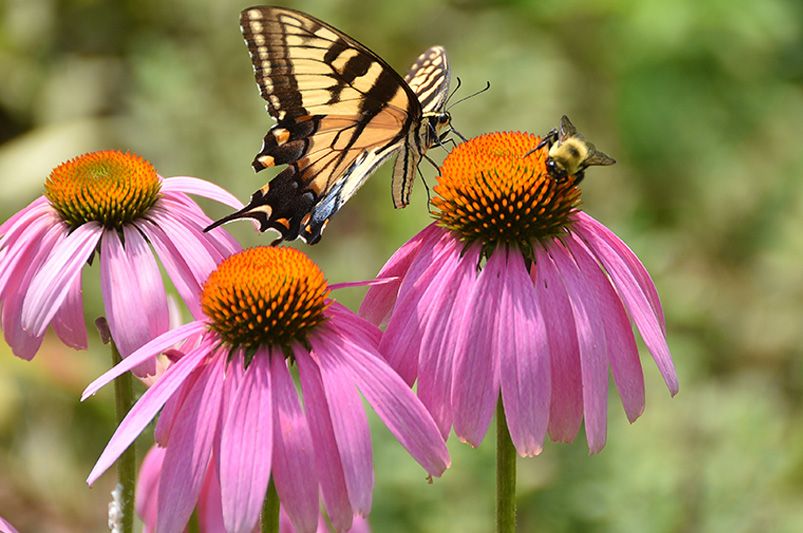
1. Purple Coneflower (Echinacea purpurea)
Purple coneflower, known scientifically as Echinacea purpurea, is a bright plant that comes from Tennessee. It has special purple flowers. This plant grows well in the local climate and is a great choice for gardens. It attracts helpful insects like butterflies and bees, which makes any landscape more beautiful and diverse. It needs very little care, so it is popular for both ornamental gardens and natural landscapes. This beautiful plant does best in full sun and is important in the local ecosystem of the Volunteer State.
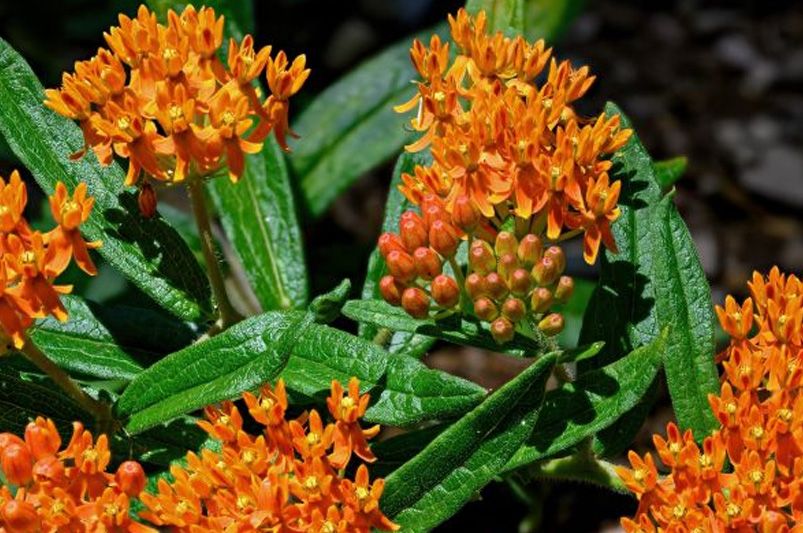
2. Butterfly Weed (Asclepias tuberosa)
Butterfly weed, which is called Asclepias tuberosa by scientists, is a bright and lively plant for any garden. This native plant from Tennessee has beautiful yellow flowers that love full sun. It is a great choice for your landscaping. Butterfly weed can grow in various soil types and is perfect for gardens designed to attract pollinators. It draws in monarch butterflies and other insects. This native perennial has drought tolerance and shows off its stunning flowers in late summer. It adds a lot of beauty and helps the local environment too.

3. Black-Eyed Susan (Rudbeckia hirta)
Black-Eyed Susan, also called Rudbeckia hirta, is a bright and cheerful plant found in Tennessee. It has beautiful yellow flowers and grows well in full sun. This native plant is a great choice for gardens. Black-Eyed Susans bloom from late spring to early summer, and they attract lovely pollinators like monarch butterflies. They can handle dry conditions and grow well in different types of soil. Plus, they need little care. This Tennessee native plant adds color and beauty to both ornamental gardens and wild areas.
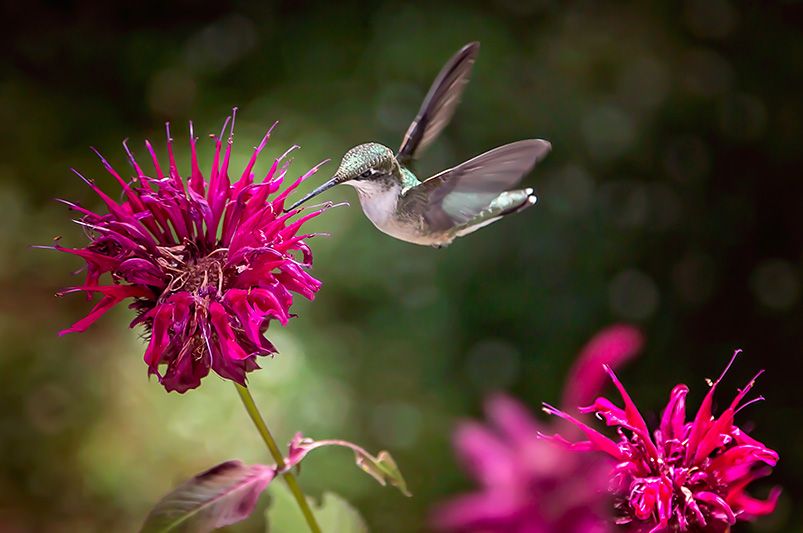
4. Bee Balm (Monarda didyma)
Bee balm, or Monarda didyma, is a great choice for gardens in Tennessee. This native plant has bright red, pink, or lavender flowers. It grows well in moist soil and likes partial shade. Bee balm is perfect for attracting pollinators like butterflies and hummingbirds. Because of this, it is a valuable addition to any pollinator garden. Its showy flowers and fragrant leaves make it eye-catching in ornamental gardens. Bee balm requires little care and can tolerate periods of drought. Overall, it is a fantastic choice for helping the local ecosystem.
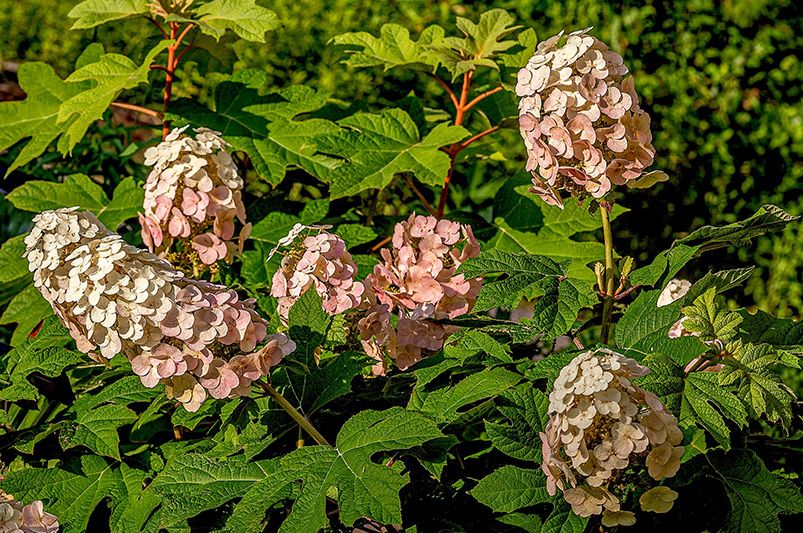
5. Oakleaf Hydrangea (Hydrangea quercifolia)
Oakleaf hydrangea, or Hydrangea quercifolia, grows well in Tennessee’s local climate. This deciduous shrub is a great choice for landscaping. It shows off lovely white flowers in late spring to early summer, which brings beauty to gardens. Oakleaf hydrangea can adapt to various soil types and can survive during periods of drought. Its unique flower clusters and colorful fall leaves make it stand out in ornamental gardens and natural landscapes. This native plant species supports local wildlife and helps the ecosystem thrive in the Volunteer State.
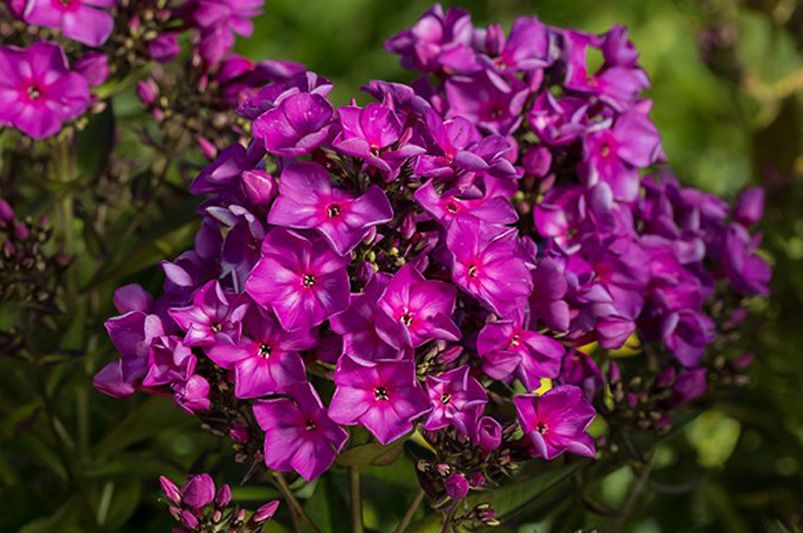
6. Phlox (Phlox)
Phlox is a popular plant for gardens in Tennessee. It comes in many colors, like lavender and pink. This plant does well in full sun or partial shade. Phlox can grow in different types of soil, making it a great option for ornamental gardens. It blooms from late spring to early fall. This adds bright colors to your garden all season long. Plus, Phlox needs little care. It also attracts local wildlife, which makes it perfect for a pollinator garden.
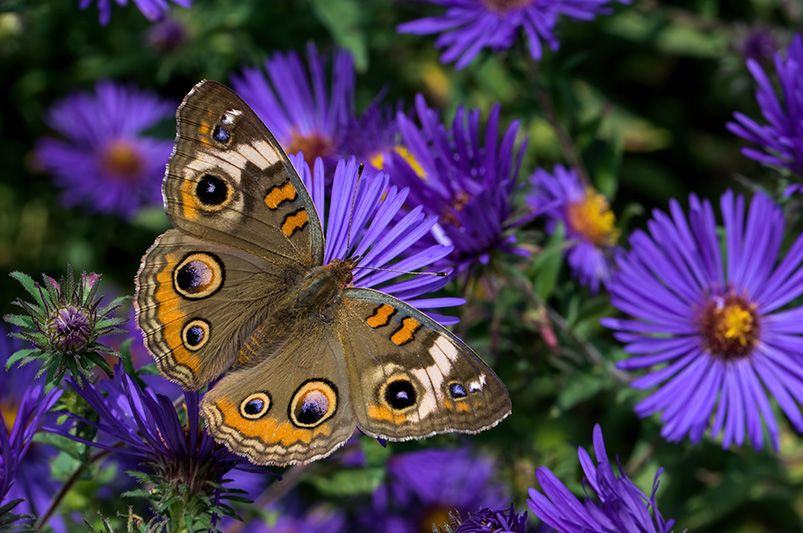
7. Aster (Aster)
Aster is a great choice among Tennessee native plants. It brings vibrant color with beautiful flowers. This herbaceous perennial grows well in different soil types. Asters look lovely in gardens because of their unique flower shapes. They can grow in full sun or partial shade and need little care. Asters produce lavender flowers that are in full bloom from late summer to early fall. Not only do asters make the landscape prettier, but they also provide a key food source for local wildlife, helping the ecosystem in the Volunteer State.
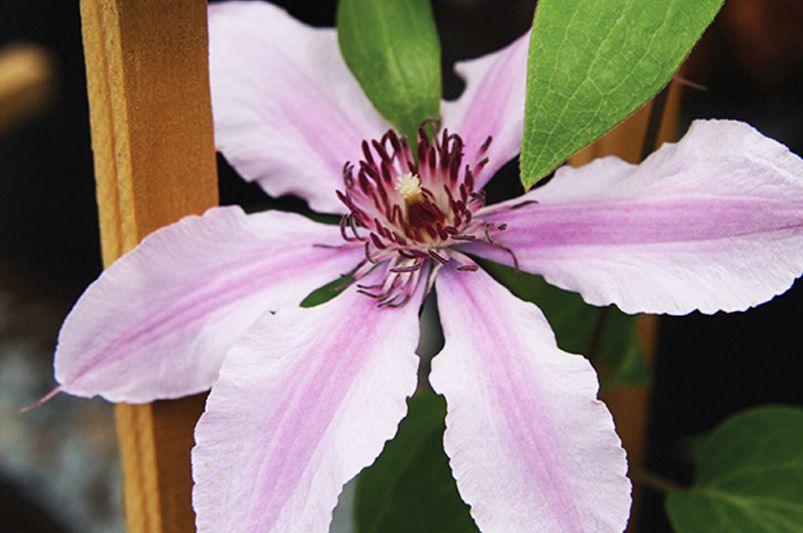
8. Clematis (Clematis)
Clematis is a popular pick for Tennessee native plants. It adds elegance to any garden. Its unique flowers come in many colors, like purple, pink, and white. This vine grows well in partial shade. It is a great choice for butterfly gardens since it attracts pollinators like monarch butterflies. Because it can thrive in various soil types, clematis is an excellent choice for ornamental gardens. It blooms from late spring to early summer and shows off bright, showy flowers.
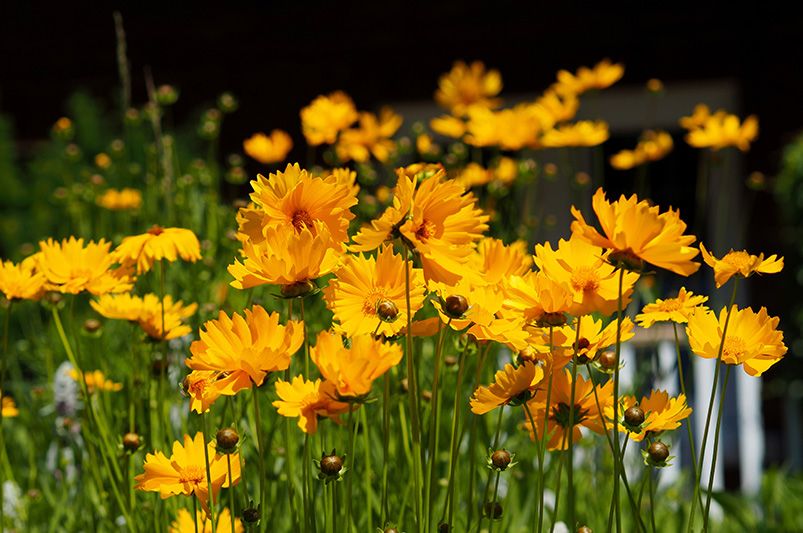
9. Coreopsis (Coreopsis)
Coreopsis, or tickseed, adds bright color to landscapes in Tennessee. It has yellow flowers and grows well in full sun. This plant is great for gardens because it attracts bees and butterflies with its showy flowers. Coreopsis can adapt to various soil types. This makes it an excellent choice for gardeners who want a low-maintenance plant that is also beautiful to improve their outdoor spaces.
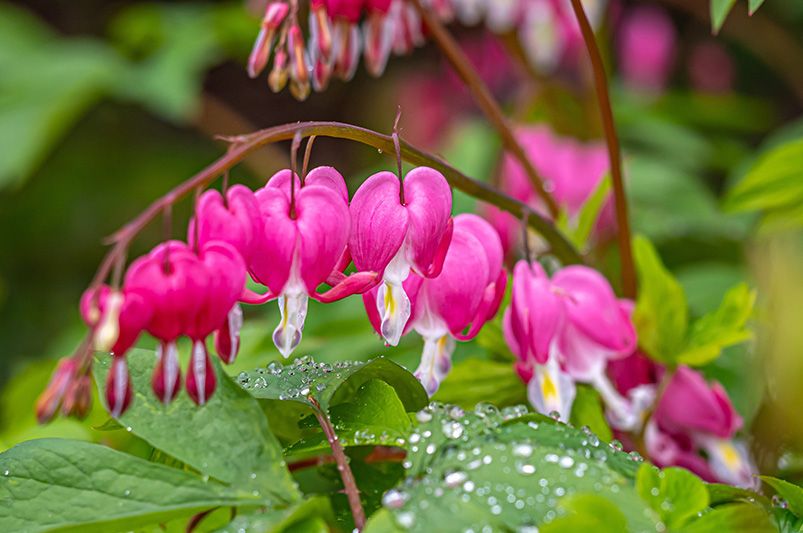
10. Bleeding Heart (Lamprocapnos spectabilis)
Bleeding Heart, known as Lamprocapnos spectabilis, is a beautiful plant that is native to Tennessee. It has heart-shaped flowers that come in pink and white. This flower adds elegance to any garden. Bleeding Heart grows well in partial shade and likes moist soil. It is a good choice for natural landscapes. This plant is also low maintenance, making it perfect for ornamental gardens. The blooms of Bleeding Heart not only add beauty but also attract butterflies. This helps improve the local environment.
Cultivating Diversity: Why These Native Plants Matter
Choosing native plants for your garden in Tennessee is not just about how it looks. It helps the local ecosystem. These plants have grown alongside local wildlife over time, providing important homes and food for them.
When you use a mix of different native species, you help create a healthier and stronger environment.
Supporting Local Wildlife
Tennessee native plants are really important for local wildlife. They offer food, nesting places, and shelter. When you add these plants to your garden, you help create homes for different animals like birds, butterflies, bees, and other good insects.
Native plants are key for pollinators. They help them in their life cycle. If you plant many types of native flowers, you give pollinators a steady food source all through the growing season. This helps keep our ecosystem healthy and balanced.
Enhancing Landscape Resilience
Tennessee native plants are suited for the area's unique environment. They are strong and need little care. For many years, these plants learned how to grow well in the local climate and soil. They also co-exist with local wildlife.
Because of this, there are many benefits for your garden. For example, many native species can handle dry spells. They can survive with less watering during times when it does not rain much. Also, native plants usually face fewer pests and diseases than plants that are not local.
Planting Tips for Tennessee Natives
To help your native plants grow well in Tennessee, follow these planting tips. They are designed for the local climate and soil conditions. By using these tips, you can make sure your native garden thrives.
Good planting methods, the right timing, and proper care are key for your plants' health. This will lead to a successful gardening experience.
Best Times to Plant
Planting your native plants in Tennessee at the right time is very important for their growth. Generally, late spring and early summer are the best times to plant most native species.
This is when the weather gets warmer, which helps the plants grow strong roots before the hot summer arrives. Always check a guide that is specific to the plant you have to find out the best time to plant it.
Soil Preparation and Maintenance
Before you plant, check your soil conditions and make changes if needed. Use the right soil for your plants that are native to Tennessee. Most of these native plants like soil that drains well. Some can grow in clay soil, while others do better in sandy soil.
Adding organic matter like compost can help your soil drain better. It also allows air to get in and increases the nutrients in the soil. This way, you will create the best environment for your native plants to grow. Once they are established, your native plants will need less care compared to non-native plants.
Designing with Native Plants: Aesthetic and Ecological Benefits
Designing your landscape with Tennessee native plants can make your space beautiful and useful for nature. When you choose plants that have matching colors, textures, and flowering times, you can make a great visual effect. At the same time, you help the environment by giving local wildlife a place to live and food to use.
Seasonal Color and Texture Considerations
When you make your native plant garden, think about how colors and textures change with the seasons. Choose a mix of plants that will keep your garden looking interesting all year.
For example, you can plant wildflowers that bloom in spring for bright colors. In summer, add perennials and shrubs that keep blooming. Some native plants turn bright colors in the fall or grow berries that look good in winter. Trying out different heights, shapes, and textures can give you a beautiful and exciting garden.
Creating Habitats for Pollinators
Designing your garden to attract pollinators helps create a healthy ecosystem. Use different native flowering plants that bloom at various times. This will provide nectar and pollen all through the growing season.
Choose plants with different shapes and sizes of flowers. This will satisfy the feeding needs of various pollinators. You can also add a water source, like a shallow dish with water and pebbles. This gives these helpful insects a place to drink.
Conclusion
In conclusion, using Tennessee native plants in your landscaping can make your outdoor space beautiful and support local wildlife. When you add diversity with plants like Purple Coneflower and Bee Balm, you help create homes for pollinators and boost biodiversity. Keep in mind that the right planting times and good soil preparation are important for your garden's success. Enjoy the look and ecological perks of these native plants to make your yard lively and sustainable. Don't forget to share what you learned on social media. This can encourage others to grow native plant diversity in their gardens.
Frequently Asked Questions
What is the Best Time of Year to Plant Native Species in Tennessee?
The best time to plant native plants in Tennessee is usually in the cooler months. This means late spring or early summer. Planting at this time helps the plants adjust to the local environment. They can settle in before the hot summer weather comes.
How Do Native Plants Contribute to Biodiversity in My Garden?
Native plant species offer food and shelter for local wildlife. This includes helpful insects, birds, and other animals. As a result, your garden can become more diverse. It can create a healthy ecosystem that supports many kinds of life.
Can I Use Native Plants in Both Sun and Shade Areas?
Yes, many native plant species can thrive in different light conditions. When choosing your plants, think about if you need ones for full sun, full shade, or partial shade. Make sure they fit the specific needs of your garden design.
Are There Any Native Plants That Are Particularly Beneficial for Wildlife?
Many native wildflowers and shrubs are great food sources for wildlife. You might want to add plants like Butterfly Weed in your butterfly garden. This plant attracts Monarch butterflies. You could also include plants with berries to draw birds to your garden. Doing this will support local wildlife.


